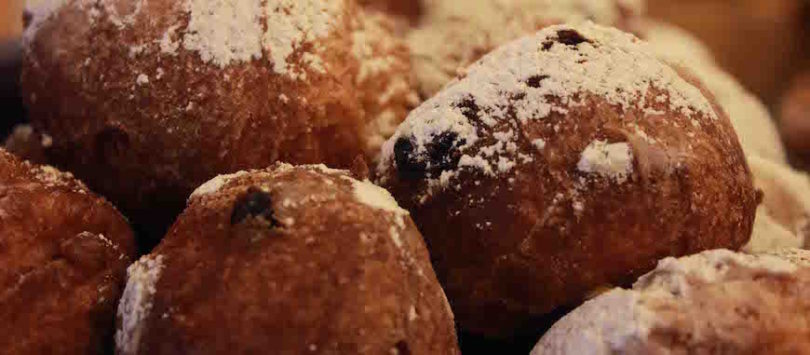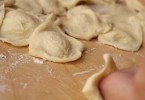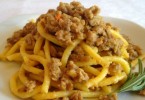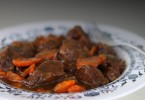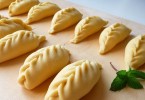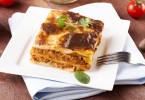The Venetian traditional desserts
During Carnival time the historical bakeries of Venice are a triumph of “galani” and “fritole”, calli and campielli are immerged in the delicious sweet smell of the typical fried food that make the confectionery history of this lagoon city. Anyway, during the rest of the year the work of the craft confectionery laboratories isn’t suspended, in fact they bake everyday off wonderful biscuits and pastries, “fugasse” and “mandorlati”, which have ancient origins.
Venetian Desserts: “Fugassa”
“Fugassa” is the dialectal word for “focaccia”, the Venetian one is rich in eggs and as light as a cloud; this distinctive lightness is obtained through a long rising process and re-knead (almost three). It is typical of the Easter period, however it is a delight that you can find and taste all year around. Legend has it that once, a baker from Treviso mixed together with the traditional dough for the bread, eggs, butter and honey, transforming it in a kind of sweet bread to give during the holydays as a present. “Fugassa” has been, however, a traditional dessert for centuries, the fiancées gave it to the family of the girl they wanted to ask in marriage, hiding the ring inside, moreover it was used to be eaten during Easter. Its main characteristic is the icing prepared with egg whites, sugar, almonds or coarse grain sugar.
Venetian Desserts: “Fritole”
During Carnival period nothing is better than the Venetian “fritole”! Delightful sweet fritters, with cream or zabaglione and the ancient recipe, in its simplicity, is exquisite. Venetian sweet fritters have a long documented history: in the National Catanese Library of Rome there is a recipe dated back to 1300; centuries later, in 1750, the venetian painter Pietro Longhi painted “Seller of sweet fritters”, on a famous canvas in which a woman of the people was offering to a noble fragrant skewered fritters. Finally few years later, in 1756, the main character of a Goldoni’s Comedy, “Il Campiello” was a fritters seller. The typical recipe is clear, no cream, but a dough prepared with flavour mixed with semolina or raw flavour, enriched with pine nut and sultana. “Fritole” are solid with a small size, the dough is fried and dusted with sugar.
Venetian Desserts: “Bussolai” and “Esse”
Same dough, different shape, for these biscuits typical of the Burano Island, for this reason they are also called “buranei”. The consistency is crispy and its density is significant! The dough is prepared with a high quantity of eggs and butter, in addition to flavour and sugar. “Bussolai” are big rings with a central hole, whereas “Esse” has a shape of the alphabetic letter from which they get the name. Once baked they have a long time of preservation, for this reason the fishermen eat them while fishing for long periods. In Burano each bakery and each family has its own recipe, handed from generation to generation and perfected in centuries of dough and baking.
Venetian Desserts: “Mandorlato”
The Venetian “Mandorlato” was born in ‘800 between the walls of a well-known bakery in the little town of Mira, now became a real “torronificio”. Its distinctive production, which boasts more than a century and it is unique in every corner of Europe, make it crumbly and easy to make portions, softer and richer in honey than the nougat that can break your teeth. For this white and sweet dough is used a precious mix of honeys among which the “Barena” honey, in addition to sugar and egg whites, peeled almonds and vanilla.
The traditional process foresees the mix of the ingredients in big copper containers, called “caliere”, cooked in a double saucepan; once blended and after long hours, the dough is spread in bronze moulds or, according to the traditional process, it is cut in flakes placed in thin wafers. When the cold is coming, the “mandorlato” appears in all the windows and in the houses, remaining there all the winter around.

